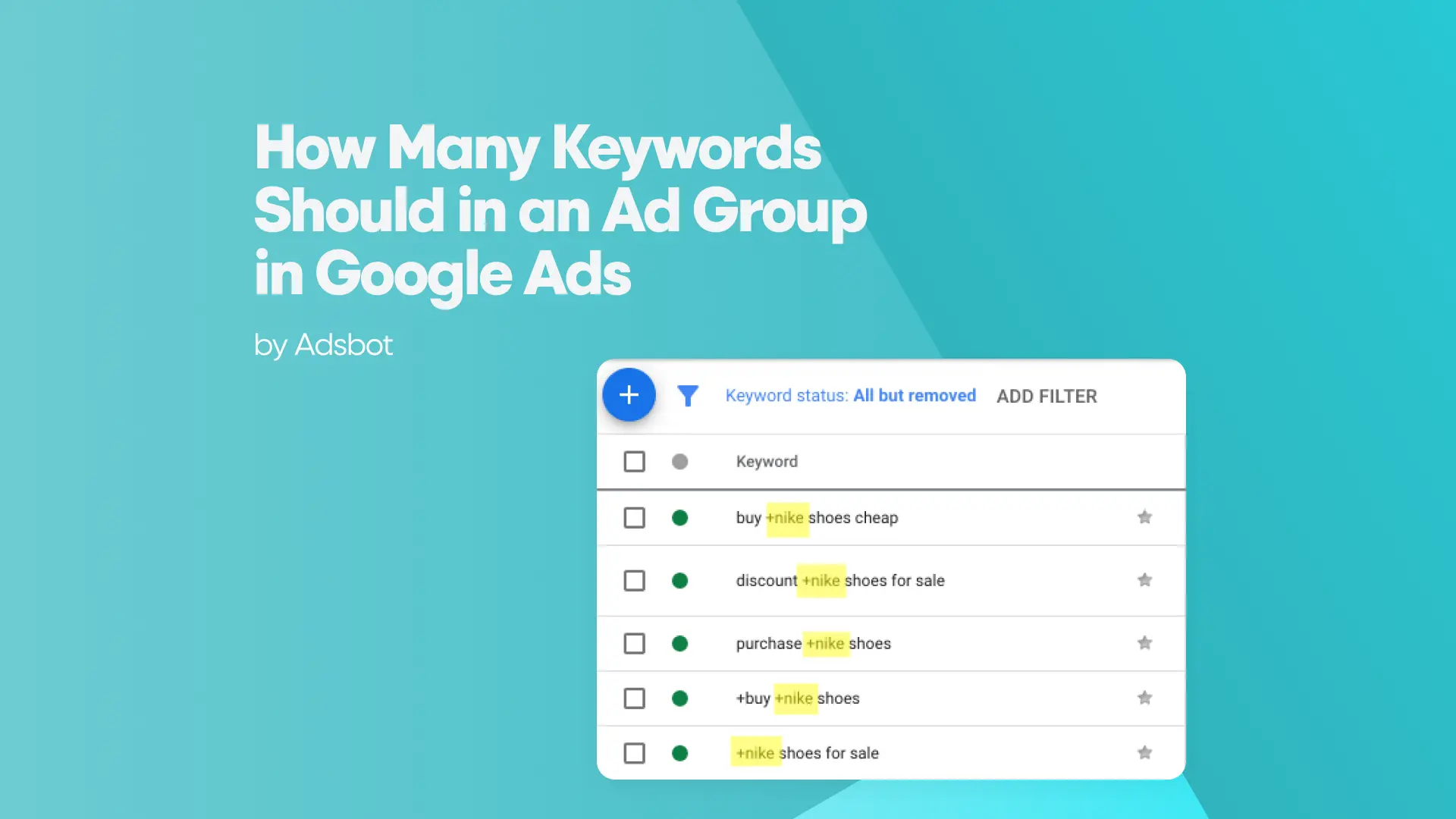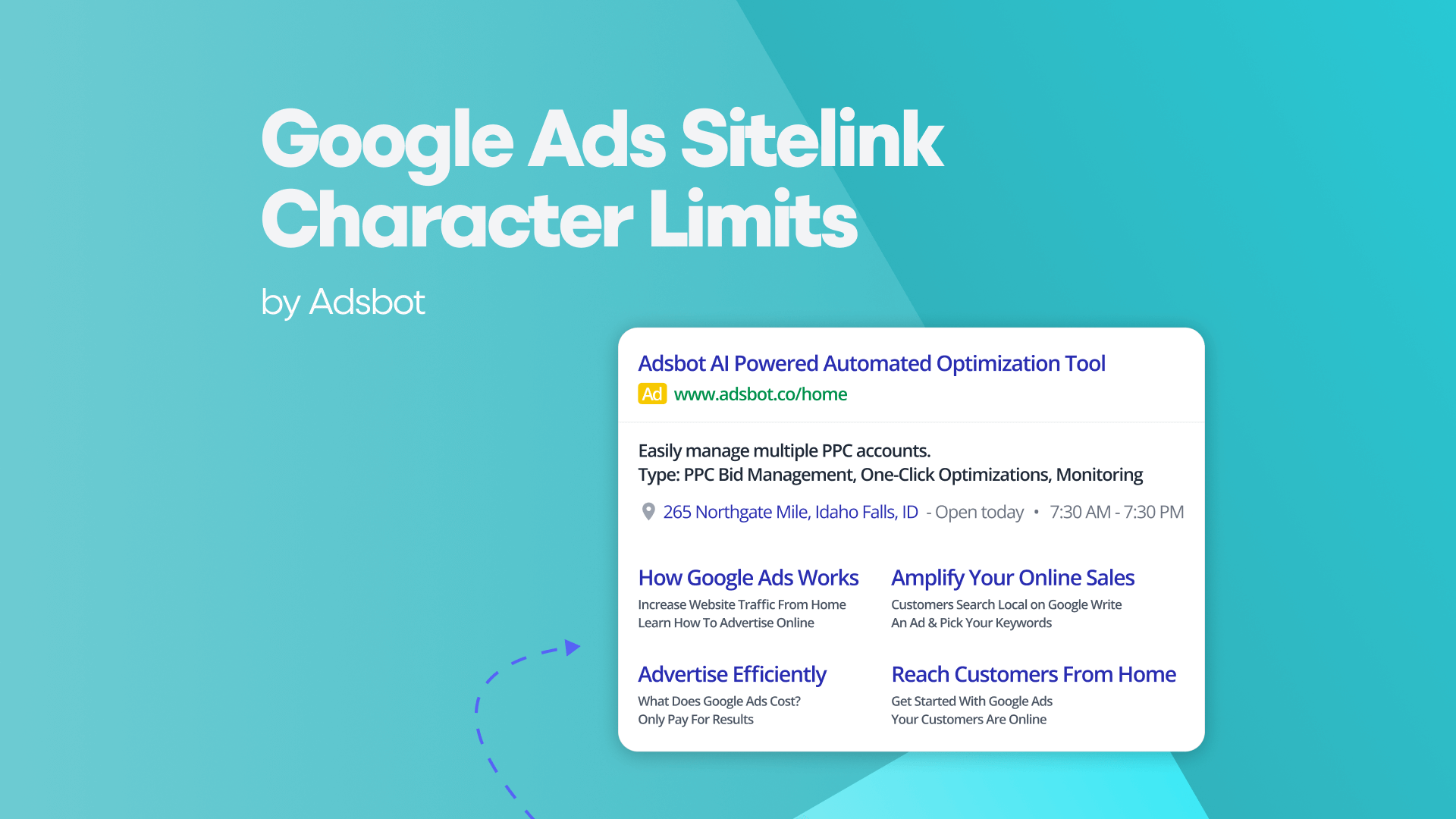Optimizing your website for search engines involves several key practices, one of which is on-page SEO. This process ensures that each page on your site is structured and optimized in a way that makes it easy for search engines to understand and rank. Here’s a comprehensive on-page SEO checklist to help you enhance your website’s performance and visibility.
Title Tags
Title tags are one of the most critical elements of on-page SEO. They tell search engines and users what your page is about. Each page should have a unique title tag that accurately describes its content. Ideally, title tags should be around 60 characters long to ensure they are fully displayed in search engine results.
When crafting your title tags, include relevant keywords naturally as part of your keyword strategy. For instance, think of a title tag like a book title in a library. A book titled “Delicious 30-Minute Recipes” clearly tells readers what to expect
Meta Descriptions
Meta descriptions provide a brief summary of your page’s content and appear below the title tag in search engine results. Although meta descriptions don’t directly impact rankings, they can influence click-through rates. A well-crafted meta description can entice users to click on your link over others.
Each meta description should be unique and around 150-160 characters long. Include relevant keywords and make it compelling. For example, imagine you’re browsing a movie database.
A description that reads “An action-packed thriller that will keep you on the edge of your seat” is more likely to make you click compared to a bland description. Similarly, “Learn the essential steps of our SEO on page checklist to optimize your website and improve your search engine rankings” provides a clear and enticing summary.
Header Tags (H1, H2, H3…)
Header tags are used to structure your content and make it easier for users and search engines to read. The H1 tag is the main heading of your page and should include the primary keyword. Each page should have only one H1 tag to avoid confusion.
Subheadings (H2, H3, etc.) help break down your content into digestible sections. Use these to organize your text logically. Think of header tags like the headings in a well-organized report or book. For example, in a cookbook, you might see an H1 tag for the book title, H2 tags for each chapter, and H3 tags for sub-sections like appetizers, main courses, and desserts. This hierarchy helps search engines understand the structure and main points of your content.
URL Structure
A clean and descriptive URL structure is crucial for both user experience and SEO. URLs should be short, easy to read, and include relevant keywords. Avoid using complex numbers and characters that don’t convey any meaning.
For instance, think about a street address. A clear address like “123 Elm Street” is easy to understand, compared to “Bldg3Ap#4.” Similarly, instead of using a URL like “www.example.com/123abc,” use “www.example.com/on-page-seo-checklist.” This makes it clear what the page is about and helps with SEO. Consistent URL structures across your site also make it easier for search engines to crawl and index your pages.
Content Quality
High-quality content is at the heart of on-page SEO. Your content should be original, valuable, and relevant to your audience. It should provide answers, insights, and information that users are looking for. Avoid thin content that doesn’t add value or duplicate content that can confuse search engines and users.
When creating content, aim to be informative and engaging. For example, a travel blog post about “Top 10 Beaches to Visit” should provide detailed descriptions, personal experiences, and tips, rather than just listing names. High-quality content not only improves your search engine rankings but also keeps users on your site longer, reducing bounce rates and increasing engagement.
Keyword Density and Usage
Keywords are the terms and phrases that users enter into search engines. Using relevant keywords in your content helps search engines understand what your page is about. However, it’s important to use them naturally and avoid keyword stuffing, which can harm your rankings.
For this part of the on-page SEO audit checklist, aim for a keyword density of around 1-2%. This means your primary keyword should appear naturally within your content without being forced. Use variations, related keywords, and long tail keywords to provide context. For example, in a blog about gardening, if your primary keyword is “organic gardening,” you might also use terms like “sustainable gardening” and “chemical-free gardening” throughout your content.
Internal Linking
Internal linking involves linking to other pages within your website. This helps search engines understand the structure of your site and can improve the rankings of linked pages. It also keeps users on your site longer by providing them with additional relevant content.
When adding internal links, use descriptive anchor text that includes relevant keywords. For example, in a health and wellness blog, if you have a page on “Meditation Techniques,” you might link to it from a post about “Stress Management” with anchor text like “learn more about meditation techniques.” Ensure that the linked content is relevant and adds value to the user’s experience.
External Linking
Our next tip for on site seo checklist is linking. External linking involves linking to other authoritative websites. This can help validate your content and improve its credibility. It shows search engines that you’re providing valuable information and referencing reputable sources.
When including external links, ensure they are from high-quality, relevant sites. For example, if you’re writing a blog post about climate change, linking to reputable sources like NASA or the National Geographic can enhance your content’s credibility. Avoid linking to low-quality or unrelated content, as this can harm your SEO. Use external links sparingly and only when they add value to your content.
Image Optimization
Images can enhance your content and improve user engagement, but they also need to be optimized for SEO. Use descriptive file names and alt tags to help search engines understand the content of your images. Alt tags should include relevant keywords and accurately describe the image.
Compress images to reduce file size and improve loading times, which is a crucial aspect of website speed optimization. Fast-loading pages provide a better user experience and can improve your search engine rankings. For example, if you have a blog post about cooking, ensure your images of recipes are named descriptively, like “chocolate-cake-recipe.jpg” instead of “IMG1234.jpg,” and use alt text like “Delicious homemade chocolate cake recipe..”
Mobile Optimization
Another part of our checklist for on page SEO is optimization. With more users accessing the internet on mobile devices, ensuring your site is mobile-friendly is essential. Google’s mobile-first indexing means that the mobile version of your site is considered the primary version for ranking purposes.
A mobile-friendly site should have a responsive design that adapts to different screen sizes, easy navigation, and fast loading times. For instance, think about shopping online. You want the process to be as smooth on your phone as it is on a desktop. While optimizing your site for mobile, it’s also important to refine your Google Ads campaigns. Learning how to add negative keywords can help you filter out irrelevant traffic and ensure your ads reach the right audience. Test your site’s mobile usability with Google’s Mobile-Friendly Test and make necessary adjustments to improve the mobile user experience.
User Experience (UX)
User experience is a critical factor in on-page SEO. A well-designed website that provides a positive user experience can significantly improve your SEO performance. Focus on making your site easy to navigate, visually appealing, and accessible to all users.
On page optimization checklist is crucial for good work. For best on page SEO audit checklist ensure that your site’s layout is intuitive and that users can easily find the information they need. Use clear calls-to-action to guide users through your site. For example, on an e-commerce site, having prominent “Add to Cart” buttons and a straightforward checkout process can enhance the user experience. Regularly test your site’s usability and make improvements based on user feedback and analytics data.
Regularly auditing your on-page SEO practices and making necessary adjustments will help you stay ahead of the competition and achieve better visibility in search engine results. Use this basic on page seo checklist as a guide to enhance your website’s performance and drive more traffic to your site.
Popular Posts
-
How Many Keywords Should Be In an Ad Group in Google Ads?
Ever wondered if your Google Ads campaigns are packed with…
Read more -
Google Ads Script for Dummies: An Introduction
Imagine you have an e-commerce website that sells licensed superhero…
Read more -
Google Ads Sitelink Character Limits
Your Google Ads are cutting off in the middle of…
Read more -
What Is Conversion Value in Google Ads?
What if you could put a price tag on every…
Read more
Register for our Free 14-day Trial now!
No credit card required, cancel anytime.





